
As we near the close of a dry, dry season in the generally dry climates of much of the US West, this week Cultivating Place has the first of two episodes focusing on the inspiring beauty of dry gardens and the plants and people who love them. We start off with some high style in dry gardens with horticulturist and garden designer Daniel Nolan, owner of Daniel Nolan Design and author of Dry Gardens, High Style for Low Water Gardens, published in 2018 by Rizzoli Press, and photographed by Caitlin Atkinson.
In the opening to his book, Daniel notes that “some of the most successful gardens are not about human’s control over nature, but about how Human’s respond respectfully to their surroundings.”
Of Daniel’s work, plant and nursery woman Flora Grubb says: Daniel’s gardens challenge the common perception still so prevalent in garden culture, that gardens are mainly for flowers or edible use….Daniel makes using less water a beautiful feature of – not a nuisance in – creating gardens that satisfy our deepest joys.” Daniel swas a long time designer and plantsman at Flora Grubb Gardens, an iconic nursery, in San Francisco.
As anyone who has ever struggled with a garden in very dry conditions – no matter if you’re in the Australia, the United Kingdom, the Eastern seaboard of the US, the deep south or the recurrently summer dry and often extended drought prone US west, you will know the dilemmas of creating a garden that looks not just alive – but looks great in such conditions. In a world where the excessive use of especially potable water on any non-food producing landscape is less and less acceptable or wise, how we use or use less water in the garden is an extremely important consideration and conversation.
Daniel’s work, which is consistently focused on strong design using as little water as possible, covers regions as wide ranging as Florida, South Carolina, Louisiana, Texas, Arizona, California and the West Coast generally. He joins us today from his home and garden in San Francisco’s Bay area.
Photos in this week's show notes are courtesy of Daniel Nolan and taken by Caitlin Atkinson.
You can follow Daniel's work online on at DanielNolanDesign.com and on Instagram @danielnolandesign/
IF YOU LIKE THIS PROGAM,
you might also enjoy these Best of CP programs in our archive:
BEING RADICLE, with Landscape Architect Christie Green
JOIN US again next week, when we’re joined by photographer, gardener, and wise water use advocate Saxon Holt, whose books include Plants and Landscapes for Summer Dry Climates and most recently, Gardening in Summer Dry Climates, both co-creations with Nora Harlow. Listen in!
Cultivating Place is made possible in part by listeners like you and by generous support from the American Horticultural Society. Soon to Celebrate its 100th anniversary next year, AHS has been a trusted source of high quality gardening and horticultural information since 1922.
Today, AHS’s mission blends education, social responsibility, and environmental stewardship with the art and practice of horticulture. Members of AHS receive the award-winning flagship magazine, The American Gardener, free admission and other discounts to more than 345 public gardens with the Reciprocal Admissions Program, plus discounts on books, seeds, programs and more!
Listeners of Cultivating Place can receive a $10 discount on the annual individual membership of $35, by visiting www.ahsgardening.org/CP For your annual Membership to the American Horticultural Society for the special Cultivating Place rate of just $25 a year, head over to www.ahsgardening.org/CP.
Thinking out loud this week:
Hey It’s Jennifer –
I have to laugh at myself sometimes – pretty often actually – and that may not be how you think of me, I know I have a tendency to be very serious, very earnest – which is definitely part of me – but certainly not all – especially as a gardener. I am one of those who looks through photo rich books and sees tidy interiors, or highly formal or architectural gardens – gardens with the structure and strength and clean, sophisticated garden bones and lines of the likes of Daniel Nolan and I think OH! That is it, I love it. Minimal, clean, spare, the serenity of several harmonious shades of just a few colors: white, green, earthen – I should try for that. I will try for that.
Ha! Fast forward one week and I am back at my higgledy piggeldy too many colors, too many plants (all pretty low water use), in too many configurations, hodge podge of a deeply beloved, sometimes free-range but always adored, and rich mash up of a suburban home garden.
Which I know is fine, because I know that the best lesson for me in the appeal and powerful takeaways in Daniel’s design mastery is not about meeting his perfection perfectly, but his eye gently nudging me out of a box that says gardens look this way, gardens use this much water or other resource, gardens that don’t use excessive water look messy, look wild and untended.
His nudging me even a little toward greater understanding, greater thinking, greater comprehension that high style and dry and even my garden rummage aesthetic have some things in common: a love of plants, a love of thoughtful gardens and gardeners who contribute and grow lightly on this land, a love of every kind of diversity in this garden life.
Speaking of diversity, I really enjoyed the previous three week’s of Cultivating Place conversations exploring some of the intersections between our seasonal natures and our spiritual natures. I had a wonderful communication with a listener out of the Ohio/Kentucky region about our conversation with Rabbi Arthur Waskow and the celebration of Sukkot, and how this felt to her like a somewhat de-territorialized conversation.- missing the importance of the ties between Judaism and its festivals with the actual physical place and plants of the land of Israel. I so appreciated this nuanced and insightful critique.
And it got me thinking back to our conversations over these many years with the likes of a Buddhist gardener in the Bay area of California, with Indigenous ecologist Robin Wall Kimmerer, with Chinese Heritage culinary gardener Wendy Kiang-Spray, With Indigenous Seed Keeper Rowen White, Palestinian heritage seedkeeper Vivien Sansour, and African Heritage plantswomen Leah Penniman, Ira Wallace, Jamaica Kincaid, and Yolanda Burrell.
It lands hard in my gut, as a human of Scotch Irish ancestry back several generations, how deterritorialized so many of us are as gardeners.
I have no answers to this truth – to not only the richness of this now interwoven tapestry of gardeners, but also no answers to the many many griefs and wounds and atrocities inherent in it.
One of my own takeaways circles back to the wisdom of these same plantspeople – articulated in different ways, but still a shared wisdom - that when we as gardeners and our gardens in the places we find ourselves - incorporate honor to the land and the people of the land we are on and honor to the best of the legacy of our own ancestors, it is then that we honor the territory – literally the soil – of our deepest genetic connection without harming the terra firma we are on.
Keep growing….
WAYS TO SUPPORT CULTIVATING PLACE
SHARE the podcast with friends: If you enjoy these conversations about these things we love and which connect us, please share them forward with others. Thank you in advance!
RATE the podcast on iTunes: Or wherever you get your podcast feed: Please submit a ranking and a review of the program on Itunes! To do so follow this link: iTunes Review and Rate (once there, click View In Itunes and go to Ratings and Reviews)
DONATE: Cultivating Place is a listener-supported co-production of North State Public Radio. To make your listener contribution – please click the donate button below. Thank you in advance for your help making these valuable conversations grow.
Or, make checks payable to: Jennifer Jewell - Cultivating Place
and mail to: Cultivating Place
PO Box 37
Durham, CA 95938








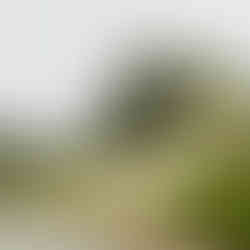









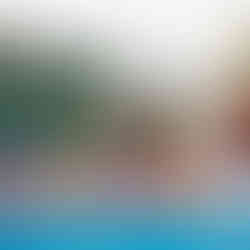

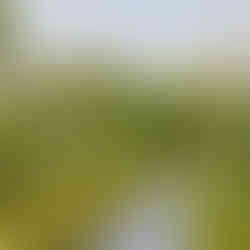




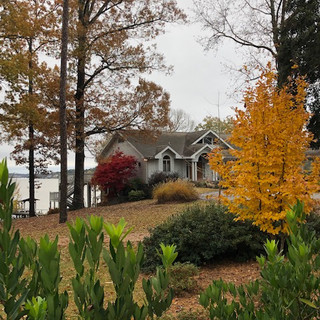
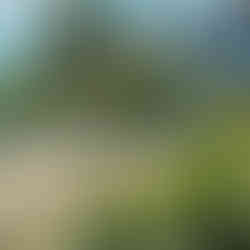



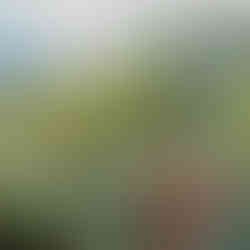


Comments